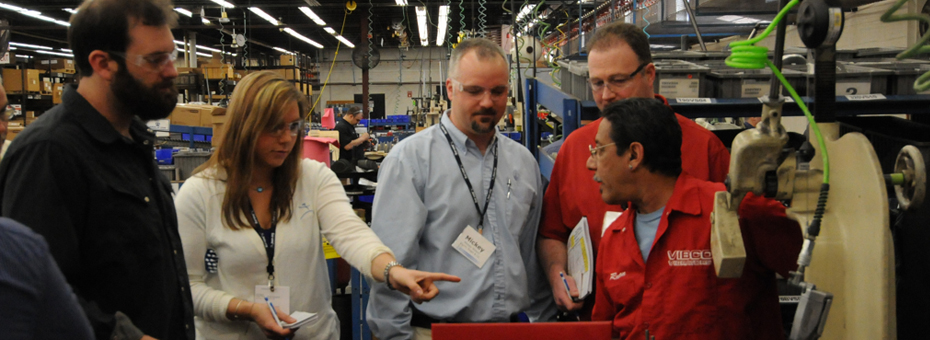Traditional managers often get stuck in all-day meetings without knowing the real work to be done. One of the most powerful principles of lean thinking is the “going to see.” This means visiting the gemba, the place where the real value-creating work gets done in your organization. How often are we really there to support the work of staff, minimizing their burden? Instead, we habitually rely on data to help guide us.
Data is not enough. Data is great for trending and thinking long-term, but being on the floor and seeing operations is where you can really begin to problem solve. Moreover, being on the floor with your team sends a symbolic message that you are there to support them.
I recently spoke with a top hospital executive who didn’t know how to approach conducting a gemba walk. With hospital floors as busy as they are, she wanted to be helpful, not an annoyance to the care team. So to her, shadowing a nurse was the right move to make. “I wanted to know what was going on, but didn’t want to be in the way. I still kind of feel like I’m in the way even when I shadow her.”
There is a famous restaurant in Michigan where the owner manages his business just by refilling water glasses. Not wanting to be intrusive to staff, but still wanting to deliver value to customers, he grabs a pitcher of water and rounds the tables during the dinner time rush. Not wanting to interrupt customers’ conversation or awkwardly ask how dinner is going, the manager observes patrons’ body language and listens to what people are saying about the food and service. And he does just with the simple act of refilling water.
The beauty of gemba visits are that they are for everyone. It’s amazing how well we think we know a process, but when we actually stand there and watch the process of work as it gets done, we see how different things are. We begin to see problems and opportunities for improvement and/or creativity.
I remember a project in which I worked with a team of process improvement professionals. We had numerous phone calls about a particular process and were given process maps to study prior to our visit. However, upon visiting the gemba, it was clear that although these individuals may have “stopped in” at the gemba of their client, they were not really looking at the real work being done or asking the right questions. Within minutes of our arrival, we saw problems they hadn’t seen because they truly hadn’t spent enough time there. Had they done so, they would have seen the bottlenecks in the process, the amount of variation in the process, and the clear lack of standards.
How you can make the work of your staff and team members easier? How can you tell what kind of work is being done (value added versus non-value added)? What do you actually see? To start, you need to go the gemba. Then it’s time to ask yourself and your team members the really big question: What are you going to do with what you’ve learned?



